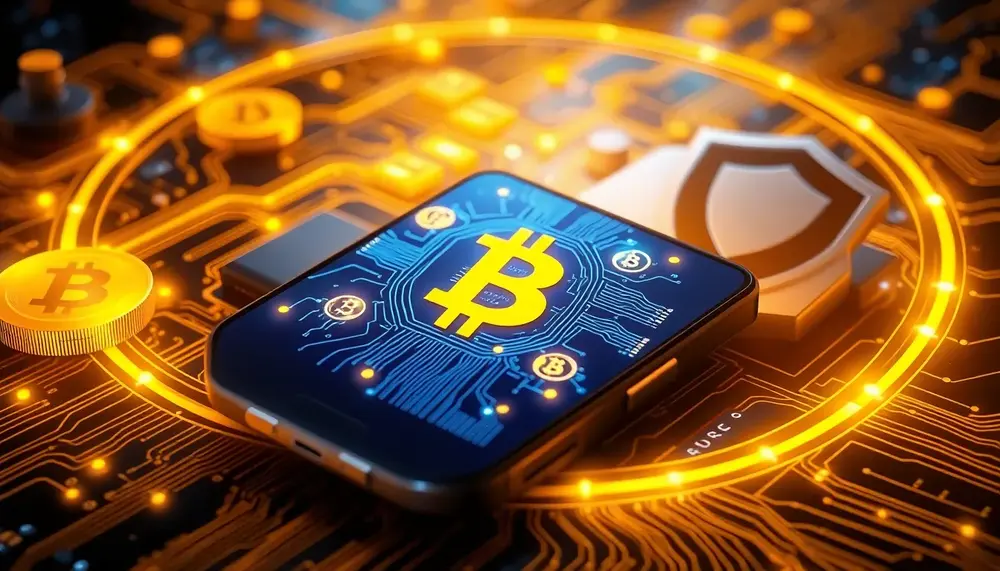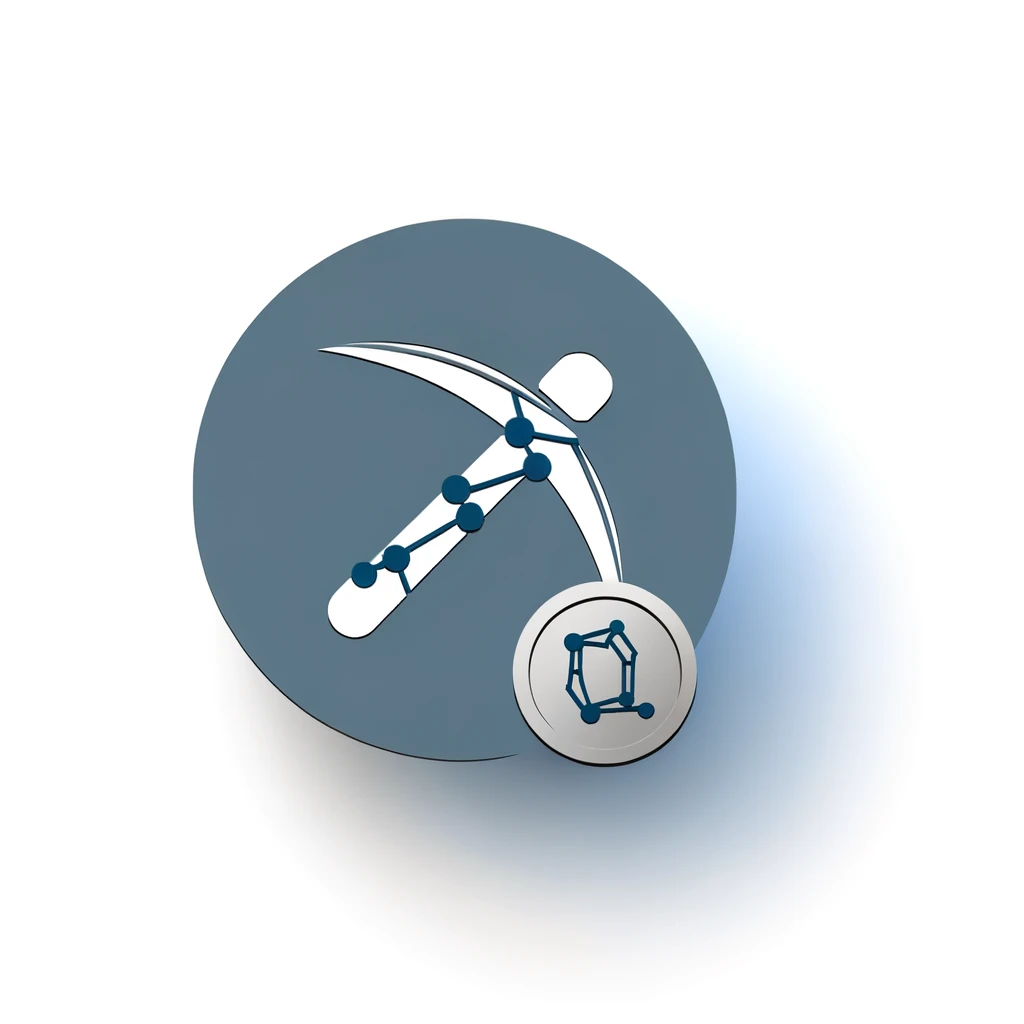Quantum-Secured Mobile Mining: How Bitcoin Solaris Surpasses Litecoin’s Scrypt Algorithm
Litecoin was originally designed to address Bitcoin’s limitations by introducing faster block times and a memory-intensive hashing algorithm, Scrypt, to prevent ASIC dominance. While Litecoin temporarily democratized mining, it was never built to withstand emerging threats such as quantum computing. As quantum processing becomes increasingly practical, cryptographic protocols based on classical hash assumptions risk becoming obsolete, according to FinanceFeeds.
Bitcoin Solaris takes a significant step forward with a quantum-secured mobile mining protocol. This protocol integrates quantum-resistant hashing techniques into a decentralized architecture, supporting energy-efficient smartphone mining. It is the first implementation to combine practical post-quantum protection with on-device yield, bridging the gap between theoretical cryptography and real user engagement.
Get $500 free Bitcoin mining for a free testing phase:
- Real daily rewards
- 1 full month of testing
- No strings attached
If you choose to buy after testing, you can keep your mining rewards and receive up to 20% bonus on top.
| Feature | Litecoin (Scrypt) | Bitcoin Solaris |
|---|---|---|
| Hashing Algorithm | Scrypt (memory-intensive, classical) | Quantum-resistant lattice-based signatures |
| Mining Hardware | Dedicated hardware required | Smartphone (via Nova App) |
| Quantum Security | Not designed for quantum threats | Post-quantum secure |
| Consensus | Proof-of-Work | Proof-of-Stake, Proof-of-Capacity, Proof-of-History, Proof-of-Time |
Bitcoin Solaris utilizes a dual-layer blockchain to maximize both security and performance. The base layer employs Proof-of-Stake (PoS) and Proof-of-Capacity (PoC) alongside quantum-resistant cryptographic functions such as lattice-based signature schemes, replacing traditional elliptic curve dependencies. The Solaris layer, optimized for mobile mining and smart contract execution, uses Proof-of-History (PoH) and Proof-of-Time (PoT) with embedded Merkle-DAG logic and secure timestamping to prevent manipulation, even under adverse conditions.
- Prevents key recovery, hash collisions, and transaction forgery under both classical and post-quantum attack models.
- Represents a fundamental shift from algorithms like Scrypt, which remain vulnerable to Grover’s and Shor’s algorithms if quantum processing becomes viable.
On the user level, Bitcoin Solaris enables mining via the Nova App, turning smartphones into passive income sources. Unlike Scrypt-based systems that require dedicated hardware and deliver diminishing returns over time, the Nova App uses CPU and memory in the background—secured by post-quantum verification logic—to issue daily BTC-S token rewards. Each mining interaction is validated by secure timestamps and Merkle root commitments, ensuring tamper-proof reward issuance and ledger participation, even if mobile devices become targets of future computational threats.
A recent deep dive by Krypto Volt compared Bitcoin Solaris’s mobile mining approach to Litecoin’s Scrypt model, highlighting where traditional Proof-of-Work falls short and how quantum-secure hashing changes the game for long-term miners.
Currently, Bitcoin Solaris is in its third presale phase, with the price for BTC-S set at 3 USDT. This phase offers access before the quantum-secured validation logic and full mobile mining distribution are deployed across the ecosystem. Out of the total 21 million BTC-S tokens, 4.2 million tokens (20%) are allocated for the presale. With no inflation and no algorithmic token generation beyond validated participation, early adopters benefit from low-cost access to a network scalable under both classical and quantum-secure conditions.
| Total BTC-S Tokens | 21,000,000 |
|---|---|
| Presale Allocation | 4,200,000 (20%) |
| Presale Price (Phase 3) | 3 USDT |
| Inflation | None |
The quantum security and mobile mining logic of Bitcoin Solaris have undergone independent third-party audits:
- Cyberscope Audit: Validated cryptographic model, mining protocol, and consensus integrity.
- Freshcoins Audit: Confirmed quantum-resistant validation logic and token issuance mechanisms.
- KYC Verification: Verified core team identity and organizational transparency.
These audits ensure that the protocol’s design remains secure not only today but also in the cryptographic landscape of the next decade. While Litecoin’s Scrypt algorithm was a crucial innovation in its time, Bitcoin Solaris is future-proof. With quantum-secure validation, post-quantum encryption, and mobile mining that rewards users daily without hardware, it offers a forward-compatible foundation for secure, decentralized participation.
As the presale continues and protocol expansion begins, Bitcoin Solaris demonstrates that the next generation of mining is already here—and ready for the quantum era.
| Key Takeaways |
|
|---|
Source: FinanceFeeds, "Quantengesichertes Mobile-Mining-Protokoll: Wie Bitcoin Solaris erreichte, was Litecoins Scrypt-Algorithmus nicht schaffte"
Sources:
















